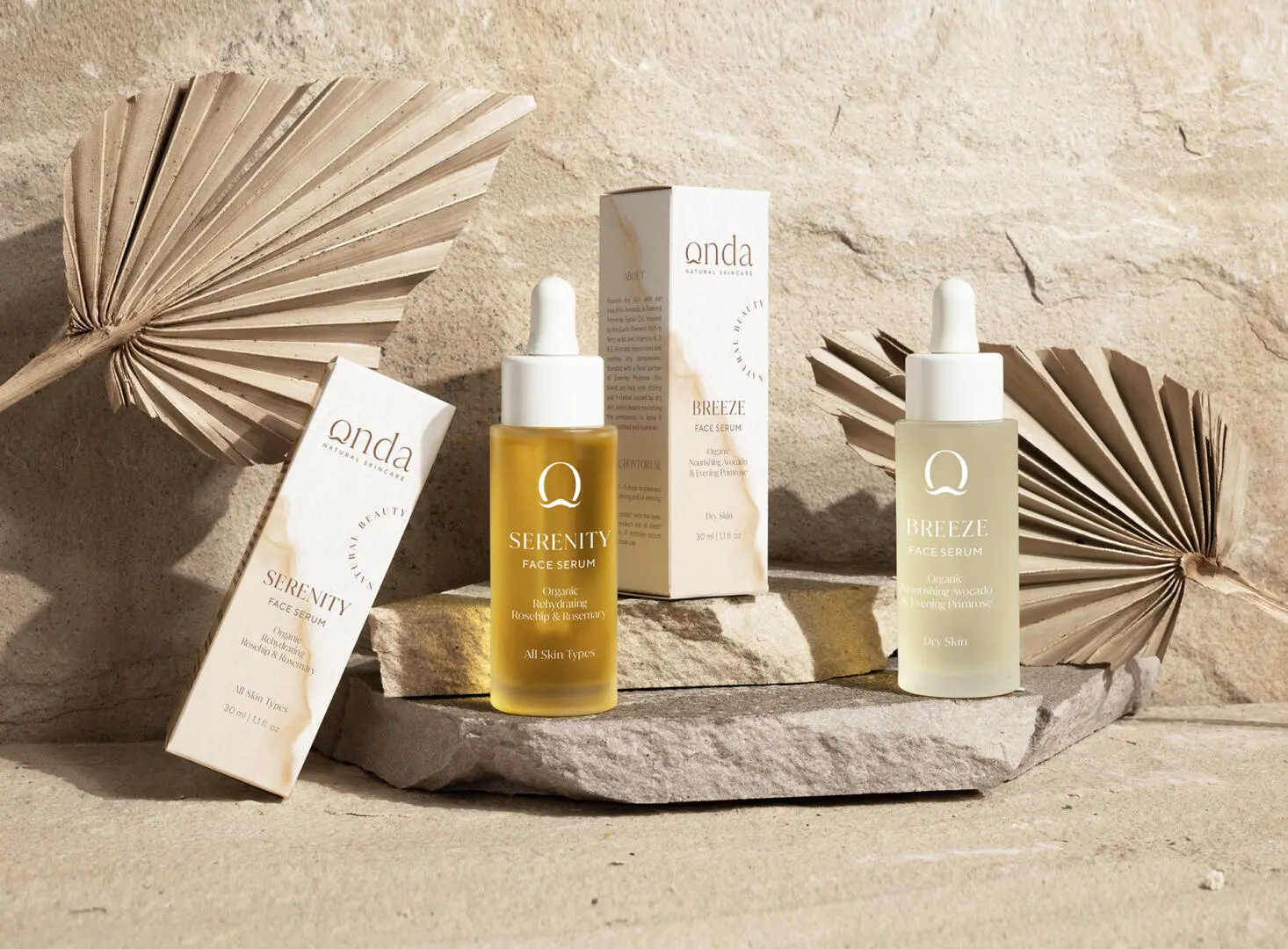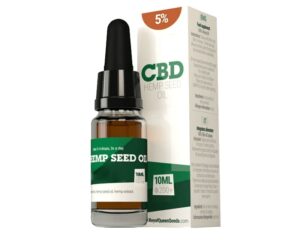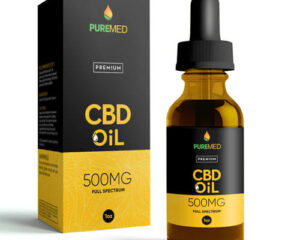In today’s consumer-driven market, the packaging of a product plays a crucial role in attracting customers and conveying brand values. Minimalist design has gained immense popularity in recent years, as it emphasizes simplicity and functionality, often capturing the essence of a brand without unnecessary clutter. At Packwhole, we appreciate the beauty of minimalism in product retail packaging and believe it can elevate a brand’s image. Let’s explore 10 amazing minimalist product retail packaging designs that stand out in the marketplace.
Natural Elements: Eco-Friendly Packaging
One of the most compelling trends in minimalist packaging is the integration of natural elements. Brands are increasingly opting for eco-friendly materials that are not only sustainable but also resonate with consumers who value environmental consciousness. Take, for example, a skincare line that uses recycled cardboard boxes adorned with subtle, earthy tones and simple graphics. This approach not only minimizes waste but also reinforces the brand’s commitment to being environmentally responsible, making it a great example of how minimalism can convey deeper values.
Monochrome Magic: The Power of Black and White
Black and white packaging can make a bold statement—especially in a world full of vibrant colors and busy designs. For example, a luxury chocolate brand might opt for sleek black boxes with elegant white lettering. This stark contrast draws attention and evokes a sense of sophistication. With minimalist designs, the use of monochrome palettes can create an atmosphere of luxury and exclusivity, making the product desirable while keeping the packaging elegant and unpretentious.
Geometric Shapes: Structure Meets Style
Geometric shapes play a significant role in minimalist packaging design by adding a layer of visual interest while maintaining clarity. Consider a beverage brand that uses hexagon-shaped containers to differentiate itself from traditional round or square bottles. This shift not only helps the product stand out but also hints at its innovative qualities. By using simple lines and forms, brands can create a memorable image while staying true to minimalist principles, allowing the product to shine without overwhelming the consumer.
Typography Focus: Captivating Words
Minimalist packaging design also allows brands to leverage typography to communicate their essence. A gourmet tea company, for instance, may forgo elaborate imagery in favor of striking typeface choices that express the brand’s identity. With simple text designs that convey flavor profiles and origin stories, the pack becomes an artwork in its own right. This can evoke curiosity and interest in the product, inviting customers to explore further while ensuring that the message remains clear and impactful.
Transparent Charm: Showcase the Product
One of the most effective ways to embrace minimalism is through transparency. Brands that use transparent packaging allow consumers to see the product inside, fostering trust and engagement. A gourmet cookie brand could use clear bags or boxes with minimalist labels that reveal the freshly baked treats within. The transparency not only highlights the quality of the product but also aligns with a minimalist philosophy by reducing the need for elaborate designs. It’s an effective strategy to establish authenticity and premium quality.
Limited Color Palette: Less is More
In minimalist packaging, less is often more. Brands that adopt a limited color palette create a clean, focused look that emphasizes their product’s quality. For example, a line of artisanal sauces might use simple glass jars with muted tones and straightforward labels, allowing the colors and textures of the sauces to take center stage. This approach fosters a sense of refinement and simplicity, appealing to consumers who appreciate aesthetic clarity and quality over extravagance.
Functional Packaging: Dual Purpose Design
Minimalism is not just about aesthetics; it often emphasizes functionality. An excellent example is packaging that serves a dual purpose—such as a carton that converts into a reusable container. A coffee brand might offer a chic, minimalist packaging design that can be repurposed as a stylish storage jar after the product is consumed. This not only adds value to the customer’s purchase but also reinforces the brand’s commitment to sustainability and practicality, merging design with purpose seamlessly.
Textured Surfaces: Subtle Sensory Appeal
Minimalist packaging can also incorporate textures to evoke tactile sensations in consumers. A candle brand could use matte-finish boxes with embossed logos, adding a layer of sensory experience to the unboxing. This subtle interplay between texture and minimalist presentation invites customers to engage with the product on multiple levels, enhancing their overall experience and connection with the brand while retaining the clean aesthetic that defines minimalism.
Design with Space: The Art of Breathing Room
One of the hallmarks of minimalist design is the effective use of negative space. By creating breathing room within the package design, brands can enhance readability and create a sense of calm. A fresh juice brand might utilize wide margins, simple graphics, and ample white space to give consumers a feeling of freshness and vitality. This technique not only highlights the product name but also fosters an atmosphere of cleanliness and sophistication, setting it apart in a crowded market.
Signature Seals: Branding with Minimalism
Branding can be subtly powerful, and incorporating a signature seal or emblem into minimalist packaging can enhance a product’s appeal. For instance, a handmade chocolate brand might use a simple wax seal in gold or silver on their brown kraft paper packaging. This detail not only confirms product authenticity but also adds a touch of sophistication. It’s an example of how minimalist aesthetics, combined with thoughtful branding, can create a memorable identity that resonates with consumers.







